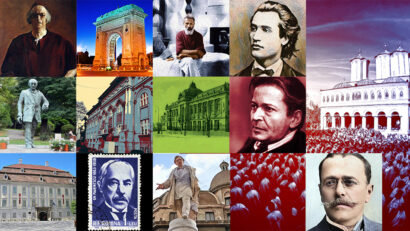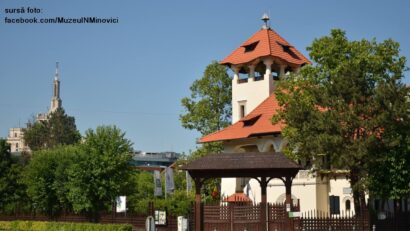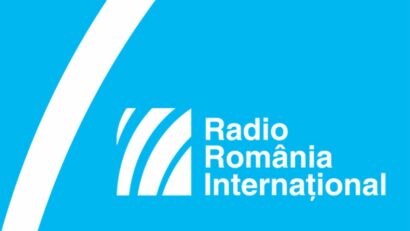The ethnographic museum of Transylvania
The foundation of the museum is closely linked to Transylvanias union with the Kingdom of Romania.

Christine Leșcu, 12.03.2016, 15:15
The open-air Village Museum in Bucharest is perhaps Romania’s most famous open-air museum, also boasting the richest traditional heritage. However, very few people know that Romania’s first open-air museum was founded in Cluj, in 1929, as a section of the Ethnographic Museum of Transylvania, in itself founded in 1922. Until 1929, there were only five European countries that boasted open-air ethnographic museums: Sweden, Norway, Denmark, the Netherlands and Germany.
The foundation of the museum is closely linked to Transylvania’s union with the Kingdom of Romania, and the foundation of Greater Romania in 1918. Here is more on that from the director of the Ethnographic Museum of Transylvania, Tudor Salagean: ”In 1919, the Steering Council in Cluj took the decision to set up right here in the city, a museum of Transylvania, with several sections, an ethnographic one included. Against the backdrop of such an endeavor, the young ethnographer Romulus Vuia was even sent to Budapest to spot ethnographic items of Transylvanian origin which could be found in the Hungarian capital. But those steps were stalled since all sorts of organizing problems cropped up, as well as problems among experts who were supposed to contribute to establishing the museum. In 1922, there came the salutary intervention of the “Prince Carol “ Cultural Foundation as well as the personal intervention of Prince Carol of Romania, the future King Carol the 2nd who took the Ethnographic Museum in Cluj under his patronage and decided to set up an institution dedicated mainly to the ethnography of Transylvania. Against this backdrop, his cooperation with the first director of the Ethnographic Museum in Cluj, Romulus Vuia, was extremely effective.”
Museum founder Romulus Vuia’s initial intention was to bring together all the items indicative of Transylvania’s ethnic and cultural diversity, so that it could be better known and understood.
Here is museum director Tudor Salagean once again: “In the ethnographic park you can find both Hungarian and German houses, as well as houses from all ethnographic areas of Transylvania, which, predominantly Romanian as they may be, have always been indicative of minority participation in the traditional culture of the region. Actually, the park has a complex history. Its setting up in 1929 owes a lot to the aforementioned cooperation between Romulus Vuia and Prince Carol, who, before being exiled, was very keen on founding a small open-air museum in the courtyard of Pelisor Palace, including several churches from Transylvania. For a few years Romulus Vuia did field research in order to contribute to the Pelisor project. When Prince Carol went into exile, using the information he had gathered, Romulus Vuia set up the open-air museum in Cluj, as a section of the Ethnographic Museum of Transylvania. The museum had a troubled history since 1940, when Hungary annexed Transylvania under the Vienna Arbitrage. If collections of movable heritage were taken to Sibiu in their entirety, the immovable ones in the ethnographic park could not be dislodged. Actually, of the acquisitions in the interwar period, only one house survived — the house of a potter from Vidra, which can be admired in the museum in Cluj even today, also being the oldest ethnographic building to have ever been included in a Romanian ethnographic museum.”
Today, the collections of the museum, as well as the buildings in the ethnographic park are representative for all the regions of the country, and the diversification process of the heritage began as early as the interwar period.
More details on that from the director of the museum Tudor Salagean: ”Subsequently, the museum did its own research in other areas across Romania as well, and in 1934 it received an absolutely fabulous donation, consisting of traditional costumes from Muntenia, Oltenia, Moldova and partly from Transylvania. It was a donation offered by Eliza Bratianu and Sabina Cantacuzino, the widow and the sister of the great politician and former Prime Minister Ionel Bratianu, respectively. The collection was mainly made up of embroidered blouses and was for the first time displayed in 2015 in its entirety. In 2016, our museum will publish a full catalogue of that exceptional collection, which is one of the most precious collections of embroidered blouses and traditional shirts in Romania. Although at that time, there was talk about the Village Museum project in Bucharest, the two ladies made the donation to the Ethnographic Museum of Transylvania, with the clear aim to contribute to that feeling of unity of all the regions of the new Romanian state and of the traditional art throughout the country.”
At present, the ethnographic park boasts 55 households, three churches, almost 200 items, stretching on a surface area of roughly 15 hectares, an area which is currently expanding.





























